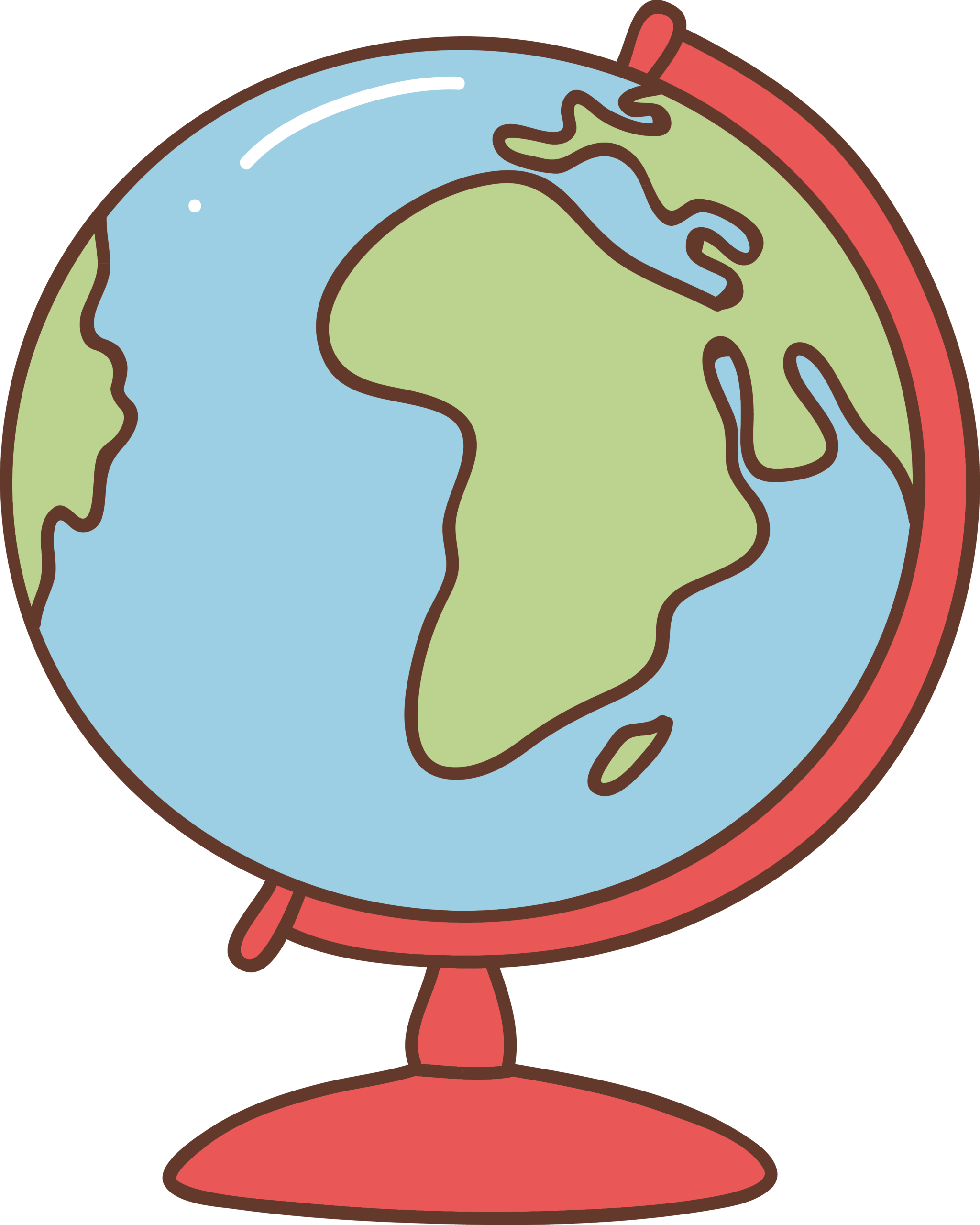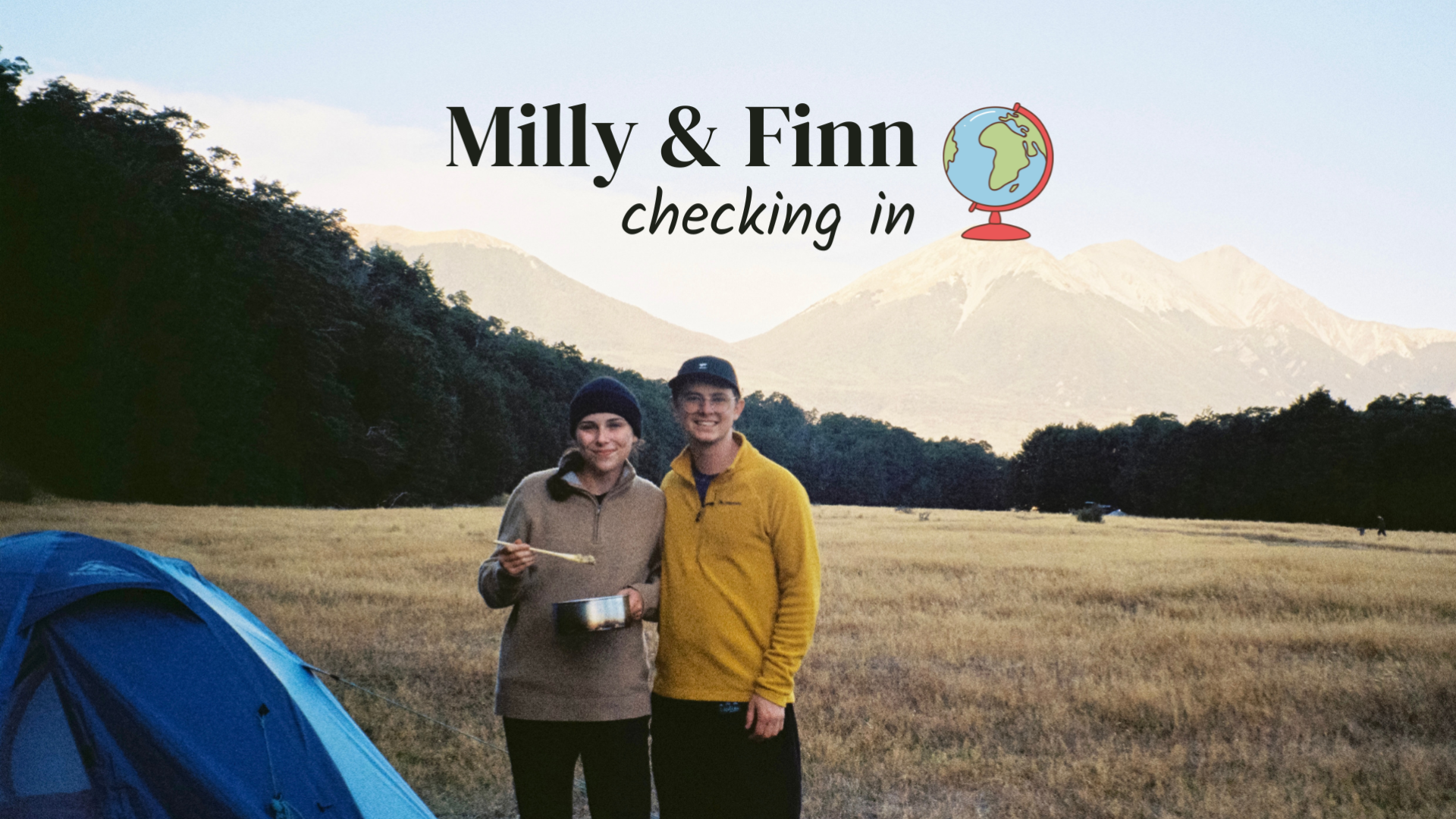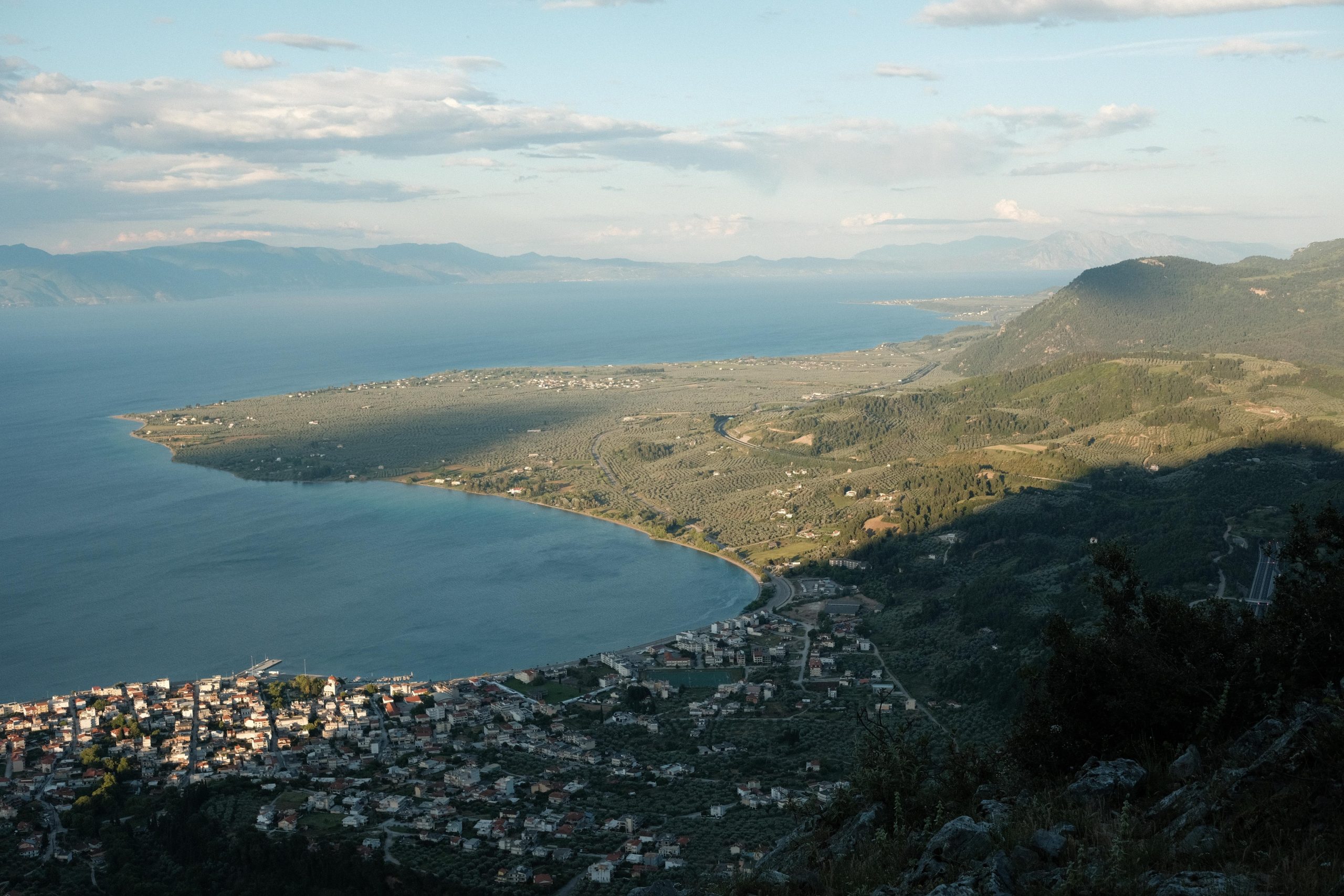Every now and then you stumble into a true hidden gem. Here’s one of ours. Perhaps you’ve heard of Leonidas’ 300, and even if you haven’t, you probably have heard the phrase “THIS! IS! SPARTA!” from the movie ‘300’, which tells the story of the eponymous warriors. Disembarking from a 20 hour ferry, we arrived in Athens and departed immediately northbound, ending up in a sleepy little town absolutely dripping in history called Kamena Vourla, which just happens to be at the location of the battle of 300, hundreds and hundreds of years ago. Surprisingly, or perhaps not considering we were in Greece, not only is the visible history of Kamena Vourla fascinating, but the area it straddles is an archaic goldmine. Without really meaning to, we had stumbled our way onto arguable the most significant battle field of ancient Greece.
The battle ground I’m talking about is actually in Thermopylae, and not Kamena Vourla, strictly speaking, but it’s only 10 minutes down the road, and the battle would have raged up and down the path between. The Battle of Thermopylae, to give it its true name, was waged between the Spartans and their Thespian allies against the Persians, and was a major event that would set the course of Greek history.
The background of the battle is relatively simple. At the start of the 5th century BC, the Ionian cities of Greece attempted a revolt against the oppressive Persian empire which had invaded their territory. The Persians, led by Darius the Great, successfully squashed the revolution and decided to lead a military campaign against Greece in retribution, and to prevent further uprisings. This war lasted years, but the Persians were eventually routed by the Greeks at the Battle of Marathon in 490 BC. The history here is so rich, and each point can be discussed for hours, but the main gist of the story is; Darius son Xerxes was kinda pissed off about this loss, and about 10 years after the first failed, planned a second invasion to destroy Greece once and for all. He had a decent go too, though he lost many ships to storms, he made it most of the way around the north of the Aegean Sea from Asia Minor without much trouble. This is where the bro King Leonidas of Sparta steps in.
Catching wind of this second invasion, (which by the way, depending on which ancient historian you believe comprised of 70,000-600,000 men, Xerxes was for realsies) King Leonidas led a force to stop the Persians. Three to four thousand Spartans marched from the Peloponnese, aided by a similar number of allies. 300 of those Spartans were the cream of the military crop, Sparta’s elite corps of their finest hoplite soldiers. These are the 300 you might recognise. Anyway, they all marched to Thermopylae, where a roughly 20 metres wide and 9 km long corridor was the only land passage south from Thessaly. Basically, a perfect strategic stronghold to hold off an army many times the size of your own.
And hold off they did. For two days, the Spartans greatly outmanoeuvred the Persians, devastating the huge number of comparatively poorly trained troops with a much smaller force of soldiers hand picked for close quarters combat. No matter how much Xerxes raged, they couldn’t break the Spartan line, and they couldn’t go around to get their revenge on Athens. Until after the second day, a traitor appeared in the Persian camp and showed them a hidden route through the mountains to approach the Spartans from the rear of their lines. As much as we love an underdog story, on the third day, with masses of Persians surrounding them from both sides, the Spartans fell, fighting until all of them had fallen. But it was not it vain, as Leonidas and his 300 made such a dent in the vast army, and stalled them enough for the Greeks south of Thermopylae to prepare.
The sacrifices of Leonidas and his Spartans changed the course of the war, and allowed the Greeks to eventually prevail over the invaders. Having successfully smoked the Persians yet again, the Greeks entered the ‘Athenian Golden Age’, a time of peace and prosperity. It was in this era that Ancient Greece as a civilisation became the powerhouse we remember it as today. They spent heaps of time on art and culture, and advanced society so much, some people reckon the western world might never have developed if not for the Greek victory over the Persians.
It’s a lot to take in, and to stand right there on that soil where it took place was surreal. That wasn’t the only battle that took place there either, many armies crossed paths at Thermopylae, including during WW2. There’s a monument to Leonidas, and a plaque that feels similar to our sentiments about the ANZACS, reading: “Go tell the Spartans, stranger passing by, that here obedient to their laws we lie”. It really feels like a place where humanity and civilisation reached a crossroads, and if it weren’t for old mate Leonidas and his ultimate sacrifice alongside his GOAT soldiers, life would probably be a whole lot different right now. Not worse, per se, but I probably wouldn’t be around and some other weirdo called Biff would be writing a blog post about some awesome battlefield where the Persians stomped the Greeks 2500 years ago and made life as good as it is.


To recover from our historically induced existential crisis, we took a dip in the awesome hot spring river that runs alongside the battlefield, and lends Thermopylae its name. It hit all of our criteria for a stellar tourist attraction: cheap, doesn’t cost much money, and free. On too of that, it’s a seriously awesome little spot that’s so far out from the usual tourist loop that it doesn’t seem to get much traffic at all, and we had the place almost to ourselves.


Returning to Kamena Vourla, the lack of tourism becomes very apparent. Well rather, the somewhat recent lack of tourism. The very small town was an absolute hotspot some decades ago. From about the 60s it took off, drawing people in as a medical tourism destination, with the main draw being the supposedly healing and restoring (and maybe radioactive?!) hot springs nearby. Plus it’s just generally a charming little beach town. It peaked in the 80s and was dead by roughly the turn of the millennium. And boy does it feel like it. Every second building is abandoned and run down, many are huge touristy villas, and there are even some massive resorts and a fair ground that are crumbling. It’s supposedly a great spot for some urban exploration.
Put aside the weird vibes in some parts of town, and it’s still genuinely lovely. Right by the sea, it comes alive after dark with locals in the streets and restaurants. We found an incredible gyros shop here, Attikon (watch for the gyros review 👀), which was run by some awesome locals who we think loved us too. At least one of us visited them every day of our five days in town, sometimes multiple times. The locals are all either pensioners who hang out smoking in tavernas, or rowdy youngsters on straight piped mopeds who are probably stranded in a sleepy town due to parental reasons and are itching to get out. Otherwise, there’s stunning mountains with plenty of hiking, trips to hotspots on the inshore islands nearby (can’t vouch for them, we didn’t go). We also randomly stumbled into an incredibly lively local market one night in just the town over and scored a huge tub of local doughnutty things absolutely swimming in honey for 6 euro that we split between us (genuinely had a sore chest after the sugar overload). 10/10.






We hadn’t really planned our trip to the town for any reason other than we found a cheap Airbnb there and we needed somewhere to stay as we left Athens. But we’re so glad we did. If you can get past the slightly creepy old buildings, and want to experience real, authentic, local Greece, we feel like you can’t miss this spot. Between the incredible historical significance, some epic panoramic views and super friendly locals, Kamena Vourla has been an absolute highlight of the trip, and everyone needs to experience a 2 euro 50 gyros from Attikon washed down with some sketchy unlabelled Tsipouro.
Chairs 🪑


